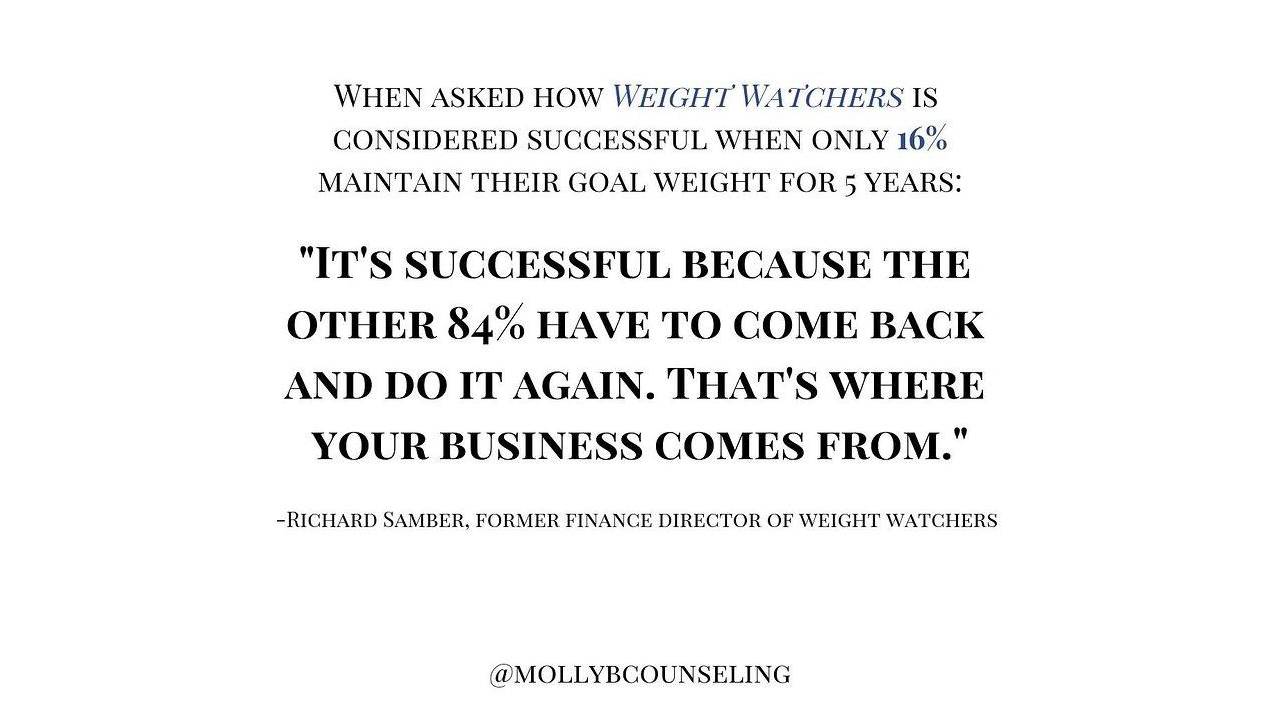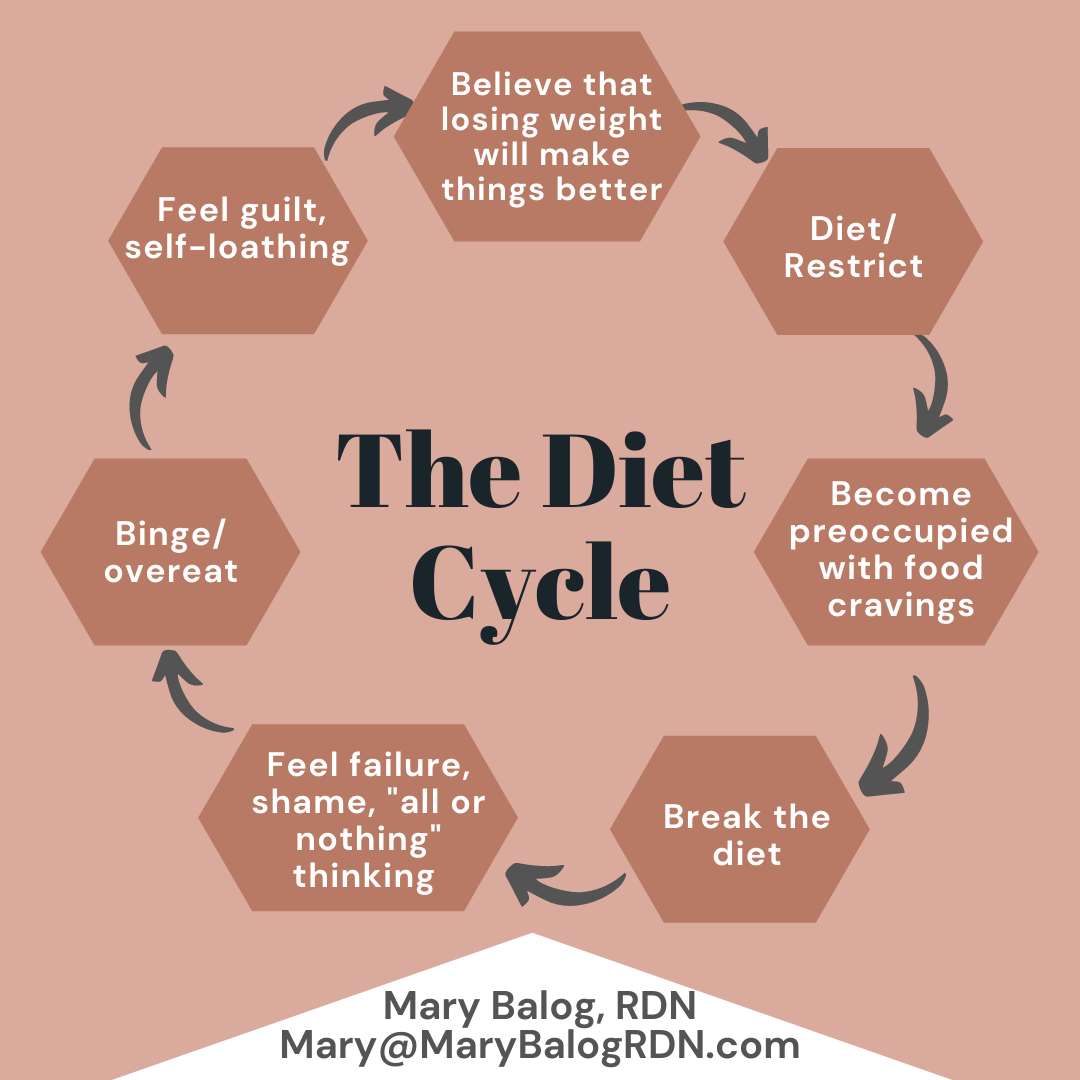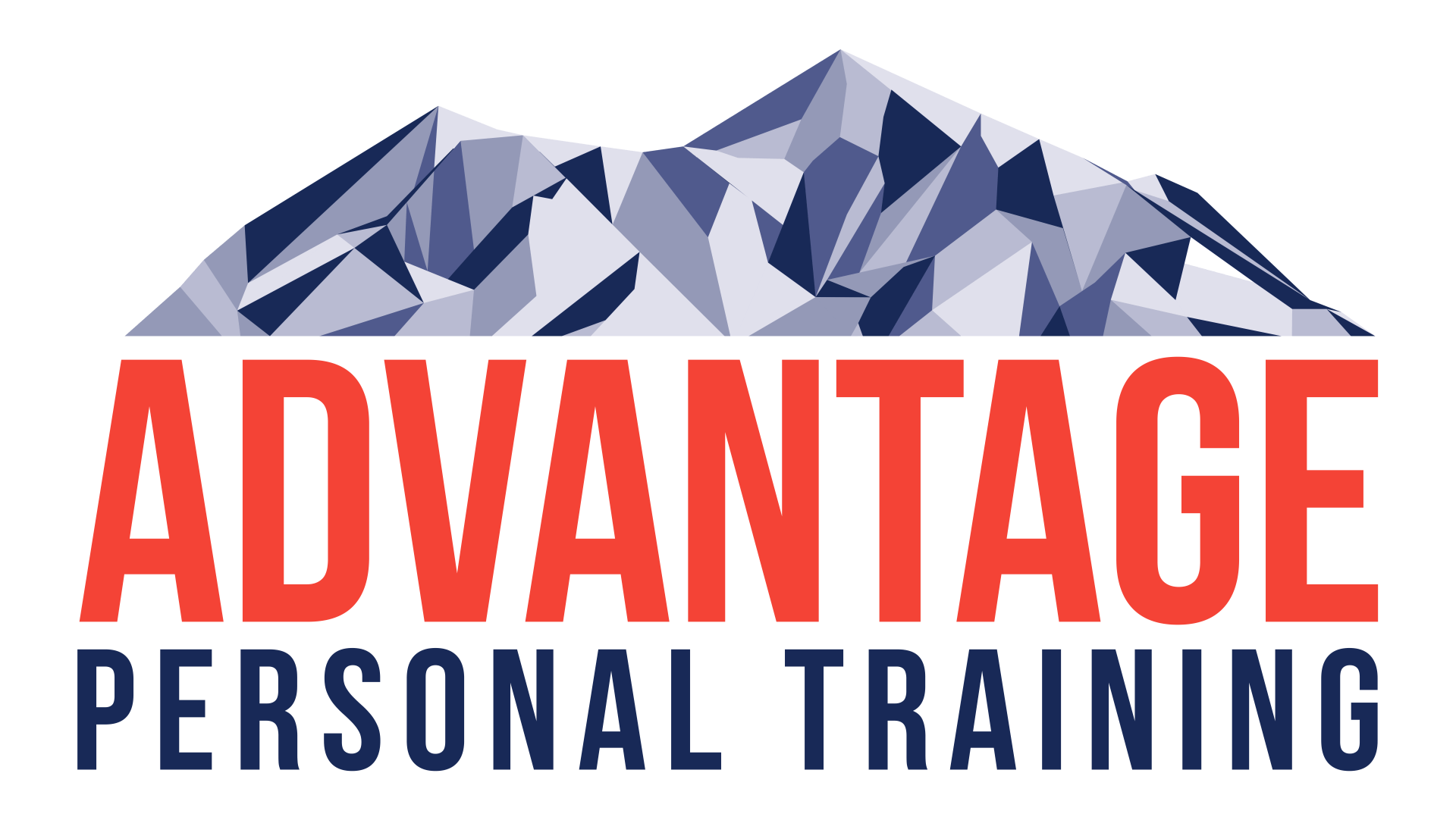The New Wall Sit- A Functional Twist on an Old Classic
First of all, let me start by thanking youth hockey coaches and saying how amazed I am at the number of you putting the additional time and effort into pre-practice checking clinics, chalk talks and workouts. Your efforts are remarkable, and you are helping to develop and inspire young players everywhere! That’s why I offer this one little tip to make your time pay off in better results for your players.
A few weeks ago I walked through the rink during a particularly busy evening and saw something I hadn’t seen for a long time. As I walked through a team of 10 year-olds that was doing a workout in the hallway before practice, the coach had them sit up against the wall for a timed wall sit. Remember those? Using the wall as back support and bending your knees to sit in an imaginary chair. We used to do them all the time when I was a kid. They were hard as hell! They can definitely add strength to young hockey legs, but knowing what I know now, I think we can do something even better. No equipment needed, not even a wall. First, a little background info.
Motor Pattern Development: Young players, especially those between the ages of 6 and 12 are in the process of serious brain development. During this time, kids are beginning to hard-wire movement patterns in their brain by creating neural pathways to their muscles, telling them when and how to fire (contract). This is why form and technique are so important at this time, because anything they practice is creating a motor program they will call upon later when they need to create a similar movement. At this stage of development, “practice makes permanent”, at least as far as motor patterns go. So we want to be sure we are creating movements that are as close as possible to the large motor patterns our young athletes will use in hockey (or any other sport, for that matter).
An Important Phase of Movement: When you look at any strength training exercise, there are 3 phases of the movement. Let’s look at a squat. There is an eccentric phase (lowering down), an isometric phase (brief pause at the bottom), and a concentric phase (contracting muscles to rise up to standing). Wall sits fall into the isometric category because there is no lengthening or shortening of the muscles in the legs, you are just staying still. This phase is extremely beneficial to athletes because the brain learns to call upon the correct motor units to hold a certain joint angle. When a joint angle is difficult to hold, the brain has to call upon more motor units to contribute, thus making you stronger in that angle over time. An additional benefit of holding certain positions it that it makes them much easier to coach. If you want an athlete to look a certain way at the bottom of a squat, for example, having that athlete do an isometric hold at the bottom of that squat gives you to cue, correct, and adjust that athlete into the right position. Then they get a chance to feel that position and are more likely to return to it on the next repetition.
Ok, given what we know now about how brains are developing pathways to the muscles, and why isometric holds are beneficial, let’s take a look at the wall sit. This is a very knee-dominant exercise. Try holding it for a minute and you know your knees and thighs are burning. Knee and quad strength definitely contribute to overall leg strength, but we are missing out on a big part of the lower body. And for most hockey players, I mean a BIG part. I’m talking about the glutes. The butt. The part that fills up most hockey players pants. So much, in fact, some companies have started making pants that allow for more room for a “hockey butt”. The wall sit calls for a sub-optimal ratio of quad to glute muscles, meaning we are missing out on an opportunity to develop an essential part of leg strength. So how do we correct this?
Simply remove the wall. The knees do most of the work because players have to push back into the wall, so have players stand in open space and squat down as low as they can (or until their thigh bones are parallel to the floor) with weight spread evenly over feet flat on the floor. By removing the wall we create a more functionally appropriate body weight isometric squat hold that relies on a better distribution of quad and glute strength. These can be used to develop basic leg strength and also encourage proper squat form, something that will be very important for players as they get closer to high school.
 To take this a step further, the squat hold can be made even more beneficial by turning it into a unilateral stance. In most sports, and especially in a hockey stride, athletes spend most of their time on 1 leg. Running, cutting, leaping, striding… all require single leg strength and stable hips, so let’s work that into the training. There are 2 simple variations that can be used to build this single leg strength; a split squat hold and a lateral squat hold.
To take this a step further, the squat hold can be made even more beneficial by turning it into a unilateral stance. In most sports, and especially in a hockey stride, athletes spend most of their time on 1 leg. Running, cutting, leaping, striding… all require single leg strength and stable hips, so let’s work that into the training. There are 2 simple variations that can be used to build this single leg strength; a split squat hold and a lateral squat hold.
Split Squat Hold : To set up, kneel down on 1 knee to figure out where your feet should be. Your knee should be on the ground directly under your hip so there is a straight vertical line from your shoulder to your knee. Keeping your feet where they are, push up from the ground to the desired depth.
How to use them: These variations should not be all there is to a leg strength program, but they are a great way to develop some baseline strength (especially as the knees get close to 90 degrees). To begin with, have players hold as low as they can for 4-5 sets of 10-15sec. Initially the goal should be to get them close to 90 degrees. Remember that point about “practice makes permanent”. We don’t want to have them work for 60 seconds with very little knee bend. So priority #1 is to get them comfortable with lots of knee bend. They might not get there right away, but the goal would be to get closer each week. Another method would be to do 5 second holds in 3 positions: top (little knee bend), middle, and bottom (full knee bend). Go through each position 5 times in a set, and do 3-4 sets of those. These variations and other single leg squat movements should be done twice a week in season to help young athletes develop the leg strength to have a long, powerful stride.
Was what you read interesting? Maybe even helpful? Join our Insider’s list and we will keep our best stuff coming right to your inbox.
Join Our List



Advantage Personal Training is an Ann Arbor based Family Oriented Gym, focusing on the training needs of individuals, small groups and youth athletes. Meet with a results-oriented personal trainer and put yourself on the path to a more active life!
SERVICES
CONTACT INFORMATION
Hours of Operation
Mon to Fri: 6:00 AM - 8:30 PM
Sat: 8:30 AM - 12:30 PM
Sun: CLOSED
All Rights Reserved | Advantage Personal Training


